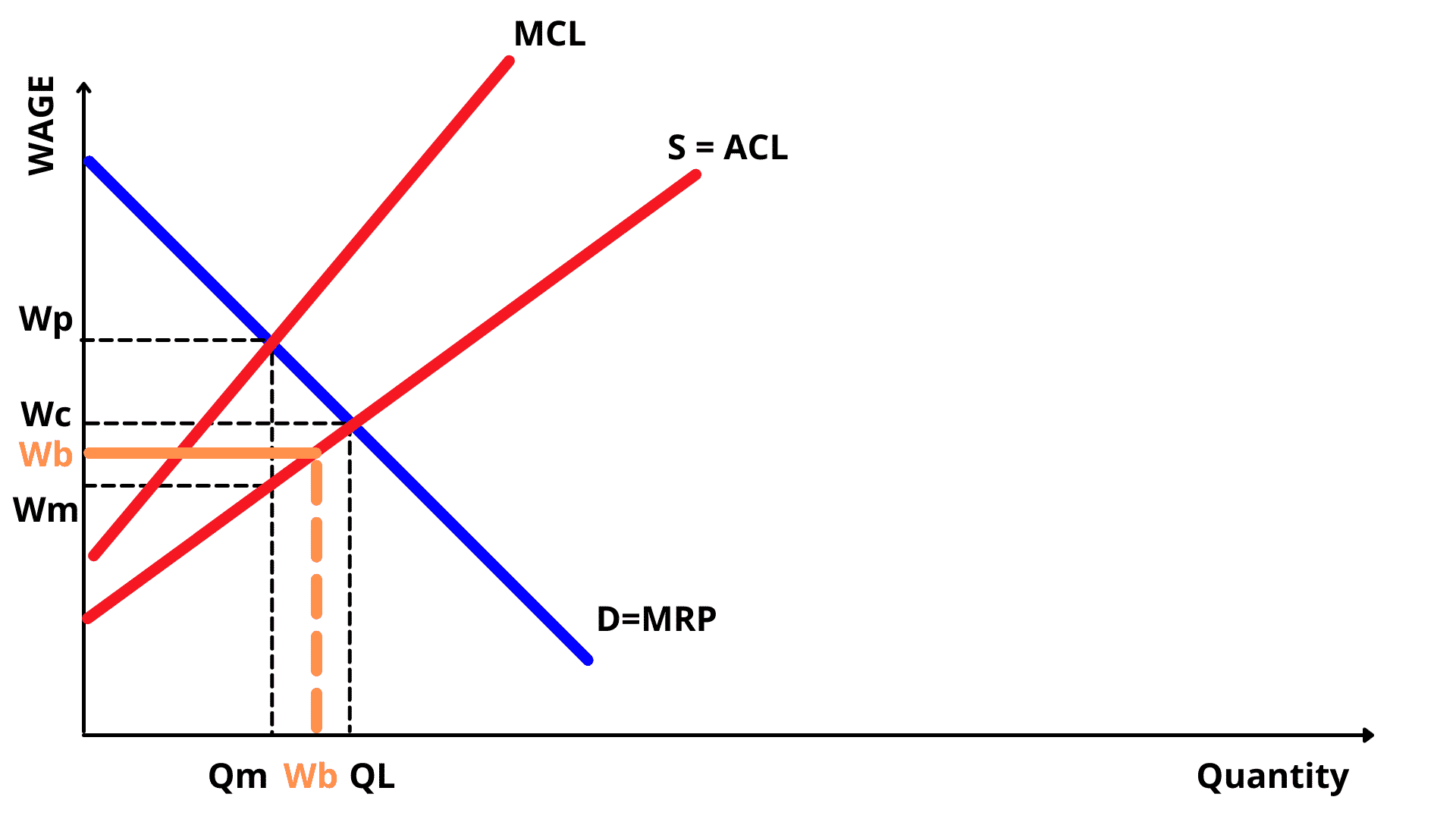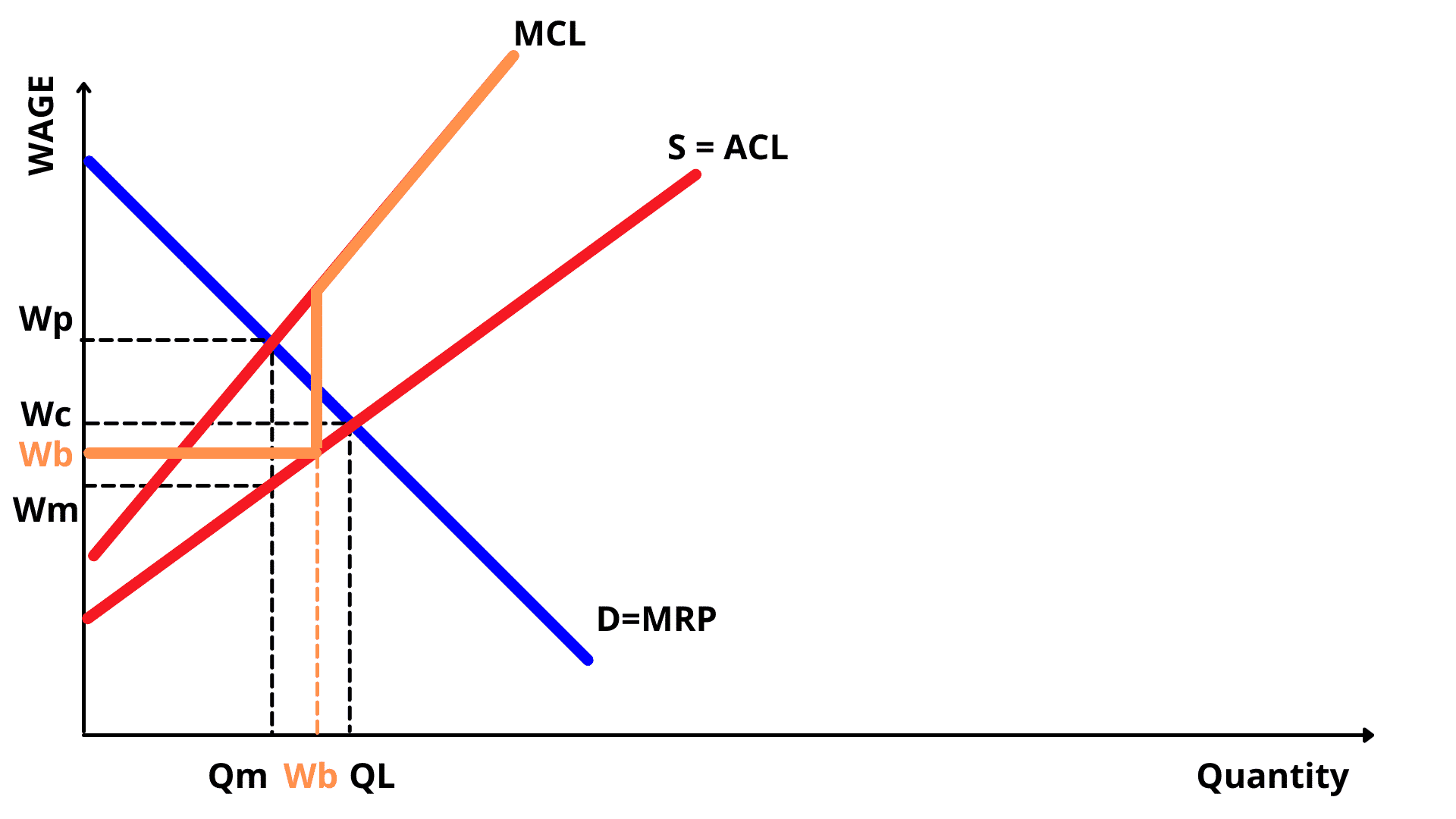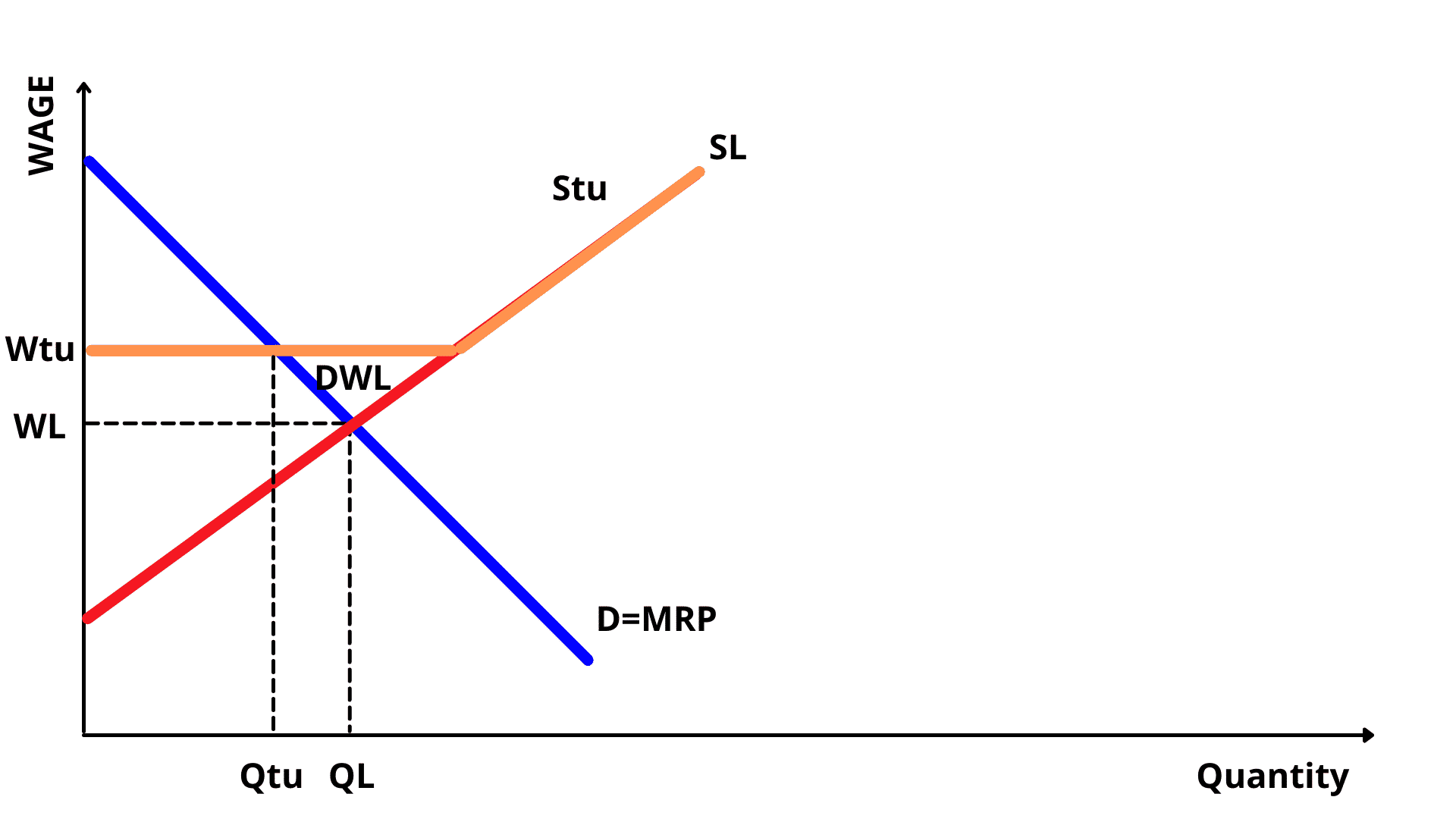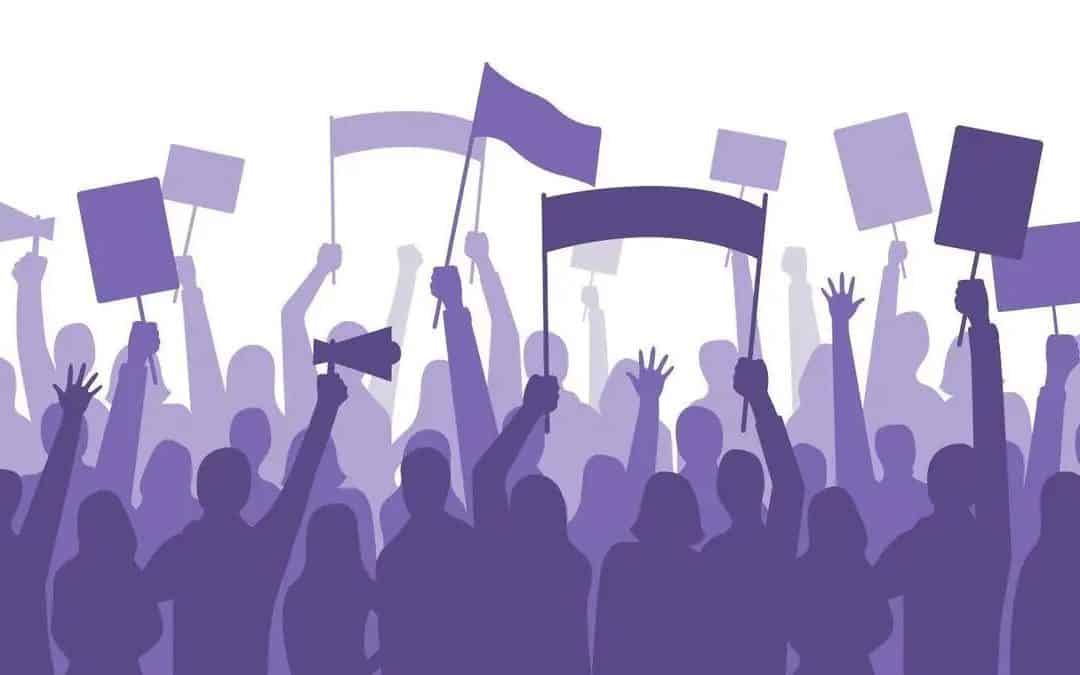What is A Trade Union?
Communism is disgusting. The mere fact that someone verbally talks about wealth distribution and inequality, it’s just cerebral vomit. So you worked your butt off to get good grades and entered the college you wanted because you had the discipline to study long hours and ended up achieving what you wanted. Great. But wait, now it’s “unfair” and the “system” is wrong. Who’s saying this? That’s right, the ones that didn’t study. They want the results without putting in the work. Same thing in life from the financial perspective. People want something they haven’t worked for.
That said, now that you know where I stand, in Economics we still study this, so you can get a better understanding of the consequences to the companies where these people work, and what ends up happening. So it’s pretty clear from their side: they want more money and work fewer hours. So they get together and pressure the companies they work for by menacing with strikes and all sorts of gimmicks to put a monkey wrench in the normal course of the company’s operations.
Let’s look at a monopsony graph:
Formula

Let’s focus on the orange components. Trade unions want to increase wages and increase employment. So they enforce a price floor, where wages can’t be lower than Wb, and this also affects the number of works to be hired which increases.

But since this is a monopsony, the company is a price maker not a price taker, so when they increase wages, they increase the benefit for all workers, not the next one. Notice the big discontinuity in the line that starts horizontally set at Wb and then moves up to the Marginal Cost of Labor that is set above the Average Cost of Labor since this is a monopsony.
In a perfect competitive market, the company is a price taker to the trade union effect is different. Let’s look at the graph:

Here same as before, the price floor is set above equilibrium defining the minimum wage at which workers get paid at this firm, but now something interesting happens, the next worker is paid at a higher price than the previous one: notice the kink point from the Wage set by the trade union where it meets the Supply of the trade union: this is the new supply curve from that Quantity point forward because they bargained for a higher wage.
A key note here is that a closed shop trade union is assumed. This is a situation where the company agrees to hire and retain people that are part of a union and currently are in good standing. The effect of this is that the trade union becomes a monopoly supplier of labor: the trade union essentially controls the labor supply at given wage rates.
The problem with this, is that at this wage rate, the trade union is causing unemployment, because they want people to be hired at that wage rate, but the firm won’t do that at that price so they will hire less workers causing a deadweight loss. This causes unemployment levels to go up because the firm could be hiring more workers, but since the wage as gone up, they won’t.



